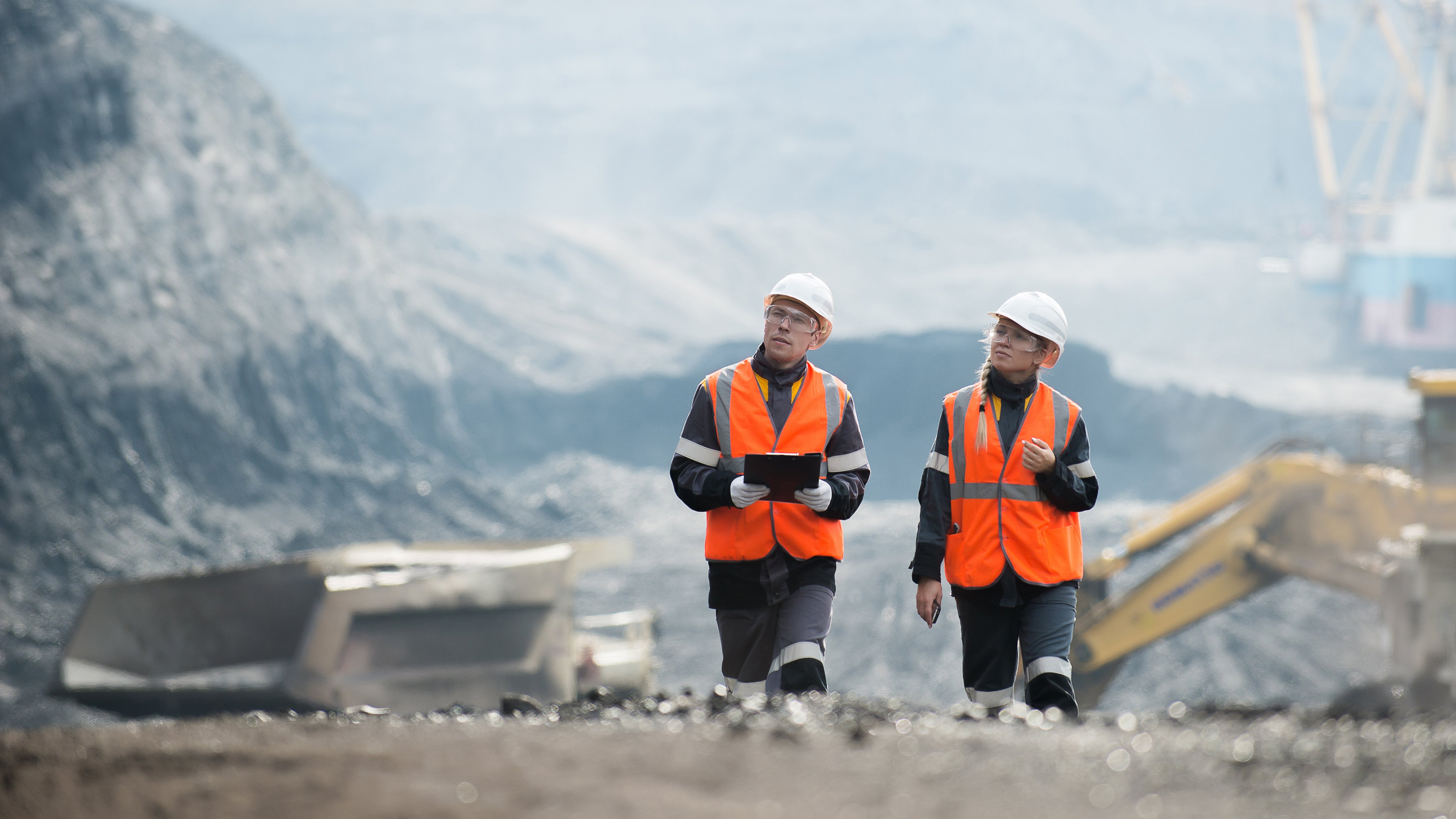Overcoming Incompatibility
Faced with these challenges, it was clear Nexa needed to replace the incompatible control systems with modern technology, and do it without impacting production. Shutdown time was limited to two hours weekly and four hours monthly to complete the migration.
In this narrow time frame, they were tasked to navigate with outdated system drawings and limited technical expertise. The operations staff and refinery personnel were familiar with the old controls, and were concerned that changes to the systems wiring and programming could result in processes to fail.
Izarra reported that Nexa decided to build on its former ControlLogix® and CompactLogix™ expansions, and integrate the remainder of its process controls into a unified PlantPAx® distributed control system.
The project scope included upgrading the communications network with redundant Ethernet; renewing workstations and servers; installing two remote I/O (RIO) cabinets, and upgrading with redundant CPUs. They were able to use their existing ControlNet protocol.
To carry out its two-month migration project with minimal risk and optimal scheduling, Izarra explained that he and his team prepared by pre-identifying the refinery's signals, wiring and terminal blocks, and finely scheduling plant shutdowns in the two- and four-hour blocks available.
It also conducted pre-training in its existing control room, performed factory acceptance testing (FAT) with Nexa's technicians, established initial connections with the new Rockwell Automation platform, and migrated control loops for each functional area.
They ran the old and new control systems in parallel for 2-3 months, so people could get familiar with the new solution, and feedback could be shared. They started with non-critical loops and signals, and migrated pump by pump. By pre-identifying the signals and wires, they were able to complete much of the migration while the plant was running, so they did not have to rely on shutdown periods alone.
Optimization Gained
In the wake of its control system migration and upgrade, Nexa achieved a variety of improvements including:
- Reliability of the hydrometallurgy application's control system reached 100%
- Safety incidents due to DCS shutdowns were reduced to zero
- Available technical support
- Refinery owns required spare parts
- Cost remained low due to incremental integration of migration
Nexa considers the following important lessons learned for a brownfield migration project to succeed:
- Fine scheduling
- Operators and maintenance staff must be involved from the beginning of the project and continue to communicate and coordinate with the areas that are critical to develop the planning, control and executions of these projects
- Validation of technical documentation is necessary to avoid delays during intervention periods
- A contingency plan should be prepared and delivered to all areas before initiating migration
This blog is based off an article from the editors of Control.

